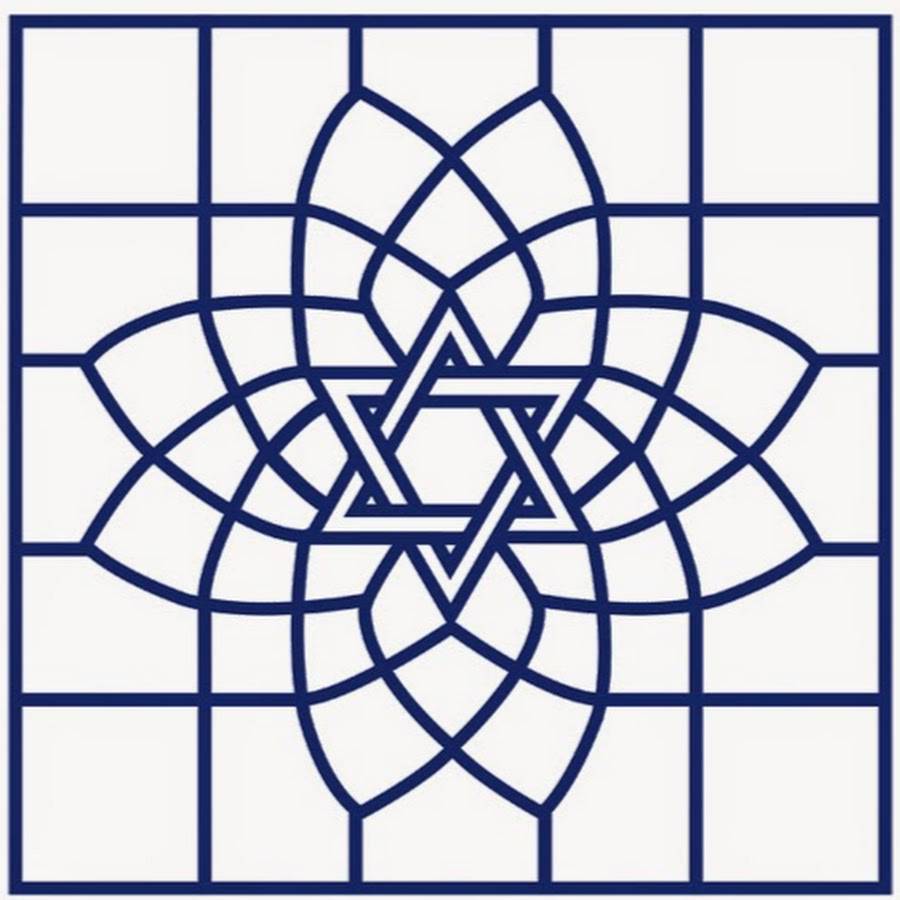(א) בָּרוּךְ אַתָּה יְהֹוָה אֱלֹהֵֽינוּ מֶֽלֶךְ הָעוֹלָם אֲשֶׁר קִדְּ֒שָֽׁנוּ בְּמִצְוֹתָיו וְצִוָּנוּ לַעֲסֹק בְּדִבְרֵי תוֹרָה:
(1) Blessed are You, Adonoy our God, Ruler of the Universe, Who sanctified us with commandments and commanded us to be engrossed in the words of Torah.
The Torah continues: להעלות נר תמיד, "to cause a lamp to burn continually." The expression תמיד denotes that the burning will be of unlimited duration. The homiletical meaning is that Israel should not ever again experience periods of spiritual darkness. Perhaps the expression "for kindling lamps regularly" means that this oil should light the great luminary in a manner similar to the period the prophet Isaiah 62,8 speaks about when he says: "I will not ever again give your grain to your enemies for food," i.e. "you will proceed to rise ever higher."
Rabbi Toba Spitzer, "The Ner Tamid - What is this light?", https://www.reconstructingjudaism.org/document/ner-tamid-what-light
The first act of service which our forefathers were commanded to perform in the Mishkan, was to light the eternal lamp, the ner tamid. This is analogous to the creation of the world, the beginning of which is “And Hashem said, Let there be light! And there was light” (Bereishit 1:3, according to Y. Leibowitz, Seven Years of Discussion on the Weekly Parasha). The ner tamid corresponds to the first light. . . that light whose source is infinite and whose power is thousandfold greater than the power of our sun. . . the light which was hidden away to serve the righteous in the future to come.
Rabbi Marina Yergin, expert from sermon on February 22, 2013
A Ner Tamid is a symbol that is to be placed over the ark to bring us closer to Torah and what is in it. It points us to the values found in Judaism. It brings many generations towards Torah, their knowledge of Judaism, and the values they use daily. Families have seen the value the Ner Tamid points us towards and have raised their children in its guiding light. A Ner Tamid has stood before so many people, heard so many people's prayers, and, as the Torah tells us, draws us with its light towards its teachings and values, allowing us to structure our lives and our families in its glow.
Dena Weiss, "Remembering Moshe", https://www.hadar.org/torah-resource/remembering-moshe#source-6437
Moshe’s absence from this parashah is an indication that there will come a time when Moshe himself will be absent from the lives of the Jewish people. The absence of Moshe’s name in the parashah subtly hints to, and perhaps even prepares the reader for, the reality of Moshe’s departure.
Moshe’s absence here reminds the reader of how central Moshe is to the Torah’s narratives and its laws. So much of the Torah is a record of how Moshe struggled with us, loved us, and suffered for us.
The lifebreath of a person is the lamp of God, Revealing all of a person's inmost parts.
Ismar Schorsch, "Why Jews Light Candles", https://www.jtsa.edu/torah/why-jews-light-candles/
Judaism is hard to imagine without candles. We use them often for a variety of purposes. This week, for example, I observed again the yahrzeit of my father, and for twenty-four hours a memorial candle shed its light in our home to remind me of his ongoing presence in my life. At the onset of Yom Kippur, it has long been customary for Jews to light a memorial candle to recall the memory of parents. And during the week of shivah (mourning), a single, long-burning candle illuminates the void in our lives created by the loss of a loved one. All three of these rituals are based on the comforting thought expressed in Proverbs 20:27 that “The lifebreath of man is the lamp of the Lord.” Light betokens life.
Yehuda Sherpin, "Why Do We Light a Yahrtzeit Memorial Candle?", https://www.chabad.org/library/article_cdo/aid/3034297/jewish/Why-Do-We-Light-a-Yahrtzeit-Memorial-Candle.htm
But Why?
The verse states, “The soul of man is the lamp of G‑d.” As such, the candle serves as a remembrance of the departed soul. Additionally, based on this soul-lamp comparison, there are many reasons given for lighting a candle, several of which we will touch on here.
Filling a Void
When a soul departs from this world, it leaves behind a dark void. The memorial candle serves to replenish this light.
Bringing Joy to the Soul
Rabbi Bechayei ben Asher (1255–1340) explains that the soul derives joy from the candle’s light. As the verse states, “The light of the righteous will rejoice.” How come? The soul is made up of divine light, and it is natural to delight in something that is of a similar makeup. This is the case even though the candle generates mere physical light, whereas the soul’s light is spiritual.
Atonement for the Soul
With regard to the custom of lighting a memorial candle before Yom Kippur, Rabbi Asher ben Yechiel (1250[?]–1327) explains that we light a candle to atone for the souls of the departed. The verse states, “For the lights honor the L‑rd.” When we light a candle to honor G-d in the merit of the departed, G‑d promises to forgive and watch over their souls.
(23) For the commandment is a lamp,
The Torah is a light



